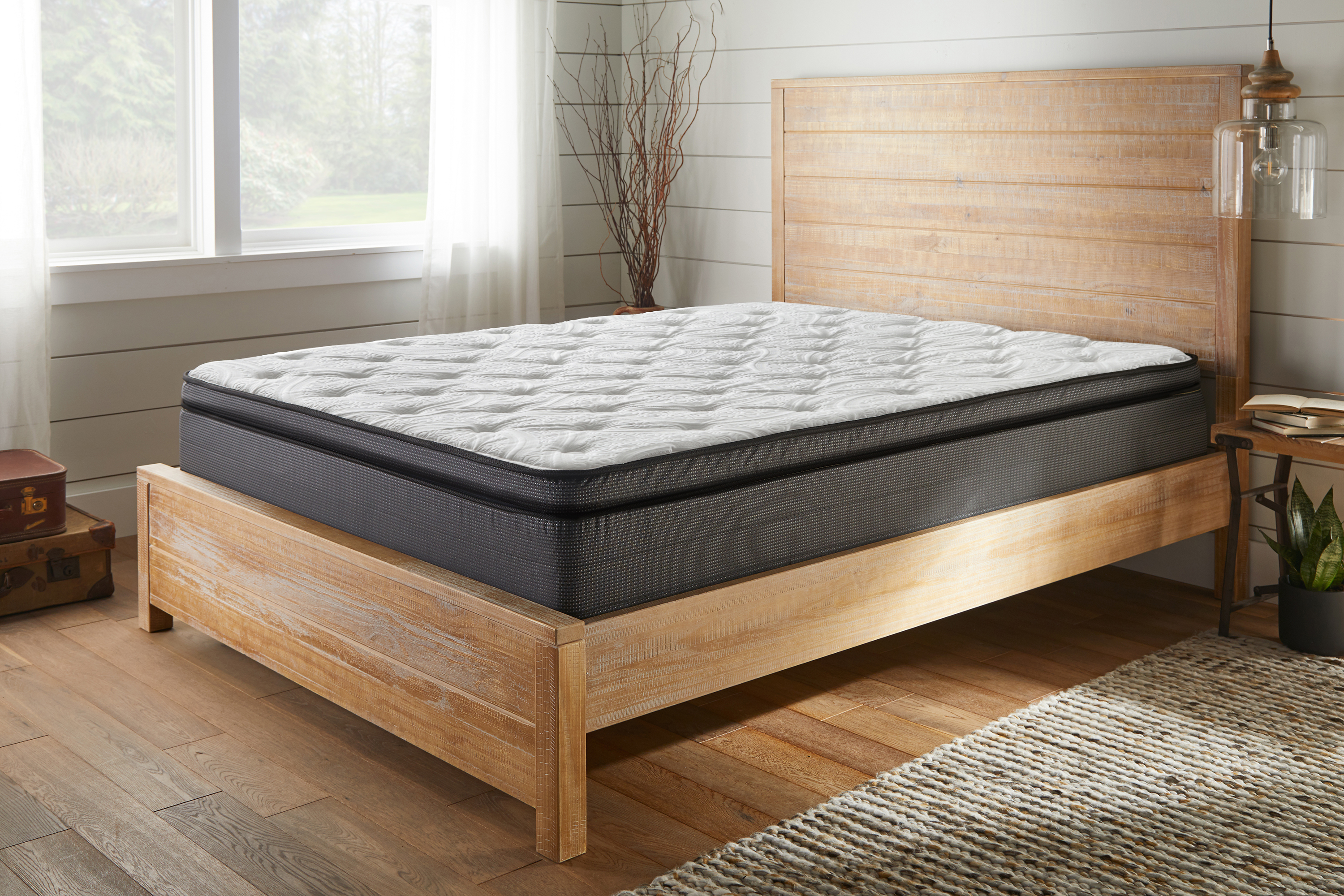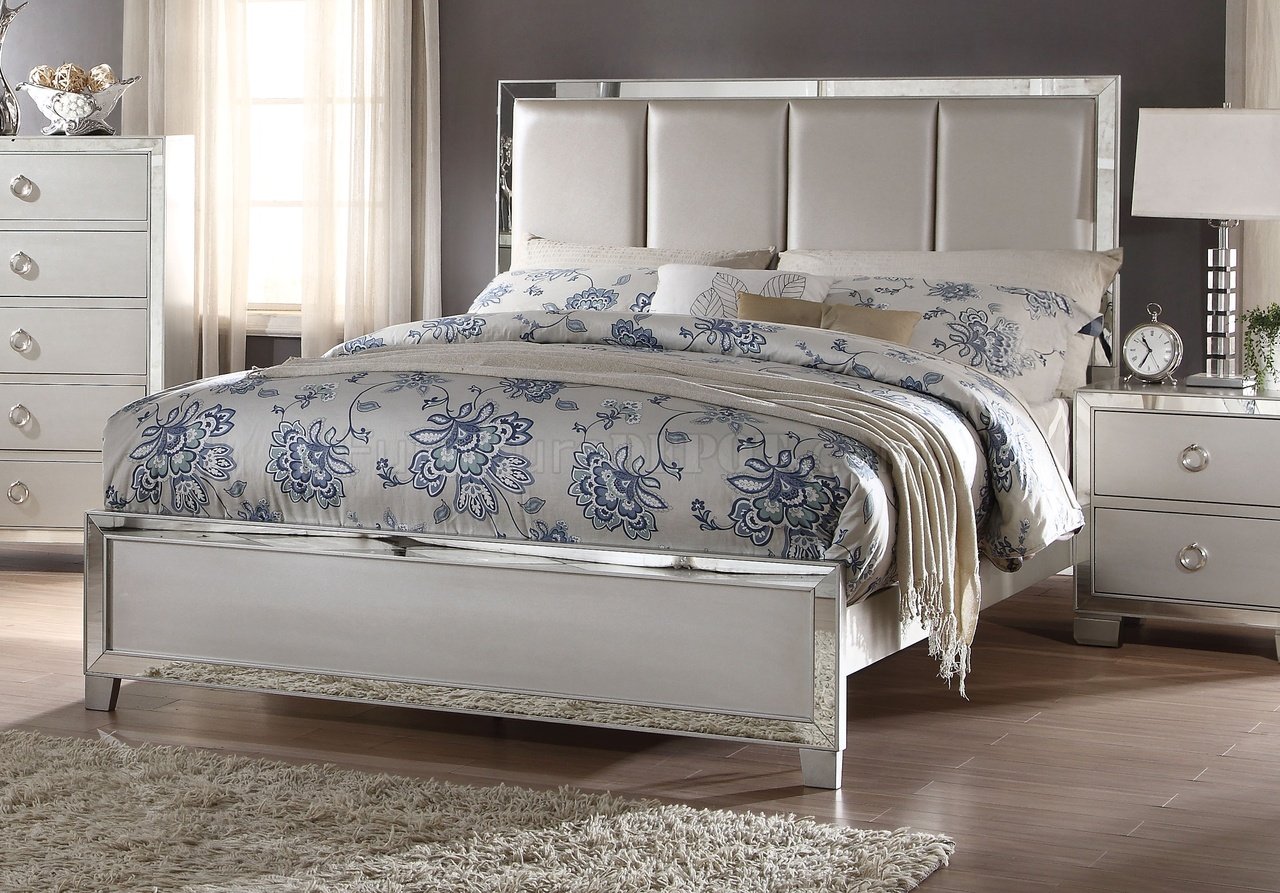When it comes to designing a bathroom, there are many decisions to make. One of the most common questions that homeowners face is whether or not to tile under their bathroom vanity. While some may see it as an unnecessary step, there are actually several reasons why it is a good idea to tile under your vanity. First and foremost, tiling under your bathroom vanity ensures a seamless and cohesive look for your bathroom. This is especially important if you have a floating vanity or a vanity with exposed legs. By tiling under the vanity, you eliminate any gaps or visible flooring, creating a more polished and professional finish. Another benefit of tiling under your bathroom vanity is that it makes cleaning and maintenance much easier. With tiles covering the entire floor, you won't have to worry about any hard-to-reach areas or gaps where dirt and grime can accumulate. This not only saves you time and effort, but it also helps to keep your bathroom looking pristine. Bathroom tiles are also a great option for the area under your vanity because they are durable and water-resistant. This is especially important in a bathroom where water is constantly being splashed and spilled. With proper sealing and maintenance, your tiled floor will last for years to come, even in a high-moisture environment.Tile under bathroom vanity
Now that we've established some of the benefits of tiling under your bathroom vanity, the next question is whether or not it is necessary. This ultimately depends on your personal preference and budget. However, there are a few things to consider before making a decision. If your bathroom vanity is a built-in unit or has a solid base that sits directly on the floor, you may not need to tile underneath it. In this case, the vanity itself will act as a barrier, preventing any water or dirt from getting underneath. However, keep in mind that this may not be the case for all types of vanity units. On the other hand, if you have a freestanding vanity or a vanity with exposed legs, tiling underneath is highly recommended. This will not only improve the overall look of your bathroom, but it will also provide a more hygienic and low-maintenance solution. Another factor to consider is your future plans for the bathroom. If you are planning on renovating or changing the vanity in the future, it may be worth tiling underneath to save yourself the hassle and expense of having to redo the flooring.Should I tile under vanity
When it comes to choosing the right tiles for your bathroom vanity, there are a few things to keep in mind. First and foremost, you want to make sure that the tiles you choose are water-resistant and durable. Ceramic or porcelain tiles are great options for bathroom floors as they are both water-resistant and easy to maintain. Next, consider the style and design of your bathroom. You want to choose tiles that complement the overall aesthetic of the space. For a modern and sleek look, consider large-format tiles with a polished finish. For a more traditional or rustic look, opt for smaller tiles with a matte finish. It's also important to consider the grout color when choosing your bathroom vanity tiles. Darker grout can help to hide any dirt or stains, while lighter grout may require more maintenance to keep it looking clean. Lastly, think about the layout and placement of the tiles. You may want to consider using the same tiles for the entire bathroom floor, including under the vanity, for a cohesive look. Alternatively, you could use a different pattern or design for the area under the vanity to create a focal point in the space.Bathroom vanity tile
If you have a vanity with a cabinet or storage space underneath, you may be wondering if you should tile under the cabinet as well. The answer is yes! Tiling under the vanity cabinet will not only provide a more polished look, but it will also help to protect the flooring from any spills or leaks that may occur. When tiling under a vanity cabinet, it's important to take into consideration the size and placement of the cabinet. You want to make sure that the tiles are properly cut and laid, leaving no gaps or exposed areas. This may require some precise measuring and cutting, so it may be best to leave this task to a professional if you are not confident in your tiling abilities. It's also important to seal the tiles properly, especially around the edges and corners of the cabinet. This will prevent any water or moisture from seeping underneath and causing damage to the flooring or the cabinet itself.Tile under vanity cabinet
The area under the bathroom sink is another important spot to consider when deciding whether or not to tile under your vanity. While this area may not always be visible, it is still prone to spills and leaks, making it a good idea to have tiled flooring. If your bathroom sink is a drop-in or undermount style, it may be easier to tile around it rather than underneath. However, if you have a vessel sink or a wall-mounted sink, tiling under the sink will provide a more complete and professional look. It's also worth mentioning that tiling under the bathroom sink will make it easier to replace the sink in the future if needed. You won't have to worry about matching the existing flooring or creating a seamless transition between the old and new tiles.Tile under bathroom sink
For those with a vanity unit that includes both a sink and storage space, tiling under the entire unit is recommended. This will not only provide a cohesive look, but it will also protect the flooring from any potential damage. When it comes to tiling under a vanity unit, it's important to pay attention to the placement and size of the unit. You want to make sure that the tiles are properly cut and laid, leaving no gaps or exposed areas. This may require some precise measuring and cutting, so it may be best to leave this task to a professional if you are not confident in your tiling abilities. It's also a good idea to seal the tiles properly, especially around the edges and corners of the unit. This will help to prevent any water or moisture from seeping underneath and causing damage to the flooring or the unit itself.Tile under vanity unit
Similar to tiling under a vanity unit, tiling under the bathroom counter is recommended for a cohesive and polished look. This is especially important if you have a countertop that extends beyond the vanity or if you have a separate countertop and vanity unit. When tiling under a bathroom counter, it's important to consider the placement and size of the countertop. You want to make sure that the tiles are properly cut and laid, leaving no gaps or exposed areas. This may require some precise measuring and cutting, so it may be best to leave this task to a professional if you are not confident in your tiling abilities. It's also important to properly seal the tiles, especially around the edges and corners of the counter. This will help to prevent any water or moisture from seeping underneath and causing damage to the flooring or the counter itself.Tile under bathroom counter
For those with a separate vanity top and vanity unit, tiling under the vanity top is highly recommended. This will not only provide a more polished look, but it will also protect the flooring from any potential damage. When tiling under a vanity top, it's important to pay attention to the placement and size of the top. You want to make sure that the tiles are properly cut and laid, leaving no gaps or exposed areas. This may require some precise measuring and cutting, so it may be best to leave this task to a professional if you are not confident in your tiling abilities. Properly sealing the tiles is also important, especially around the edges and corners of the top. This will help to prevent any water or moisture from seeping underneath and causing damage to the flooring or the top itself.Tile under vanity top
For those with a built-in bathroom cabinet, tiling under the cabinet may not be necessary. However, if you have a freestanding cabinet or a cabinet with exposed legs, tiling under it is recommended for a more polished and cohesive look. When tiling under a bathroom cabinet, it's important to consider the placement and size of the cabinet. You want to make sure that the tiles are properly cut and laid, leaving no gaps or exposed areas. This may require some precise measuring and cutting, so it may be best to leave this task to a professional if you are not confident in your tiling abilities. Sealing the tiles properly is also important, especially around the edges and corners of the cabinet. This will help to prevent any water or moisture from seeping underneath and causing damage to the flooring or the cabinet itself.Tile under bathroom cabinet
Finally, if you have any additional bathroom furniture such as a stool, chair, or storage unit, it's a good idea to tile under these as well. This will provide a more cohesive and professional look for your bathroom. When tiling under bathroom furniture, it's important to consider the placement and size of the furniture. You want to make sure that the tiles are properly cut and laid, leaving no gaps or exposed areas. This may require some precise measuring and cutting, so it may be best to leave this task to a professional if you are not confident in your tiling abilities. Properly sealing the tiles is also important, especially around the edges and corners of the furniture. This will help to prevent any water or moisture from seeping underneath and causing damage to the flooring or the furniture itself. In conclusion, tiling under your bathroom vanity is not only a good idea for a polished and cohesive look, but it also has practical benefits such as easier maintenance and protection for your flooring. With the right tiles and proper installation, you can create a beautiful and functional bathroom that will last for years to come.Tile under bathroom furniture
The Benefits of Tiling Under Your Bathroom Vanity

Enhances Aesthetics
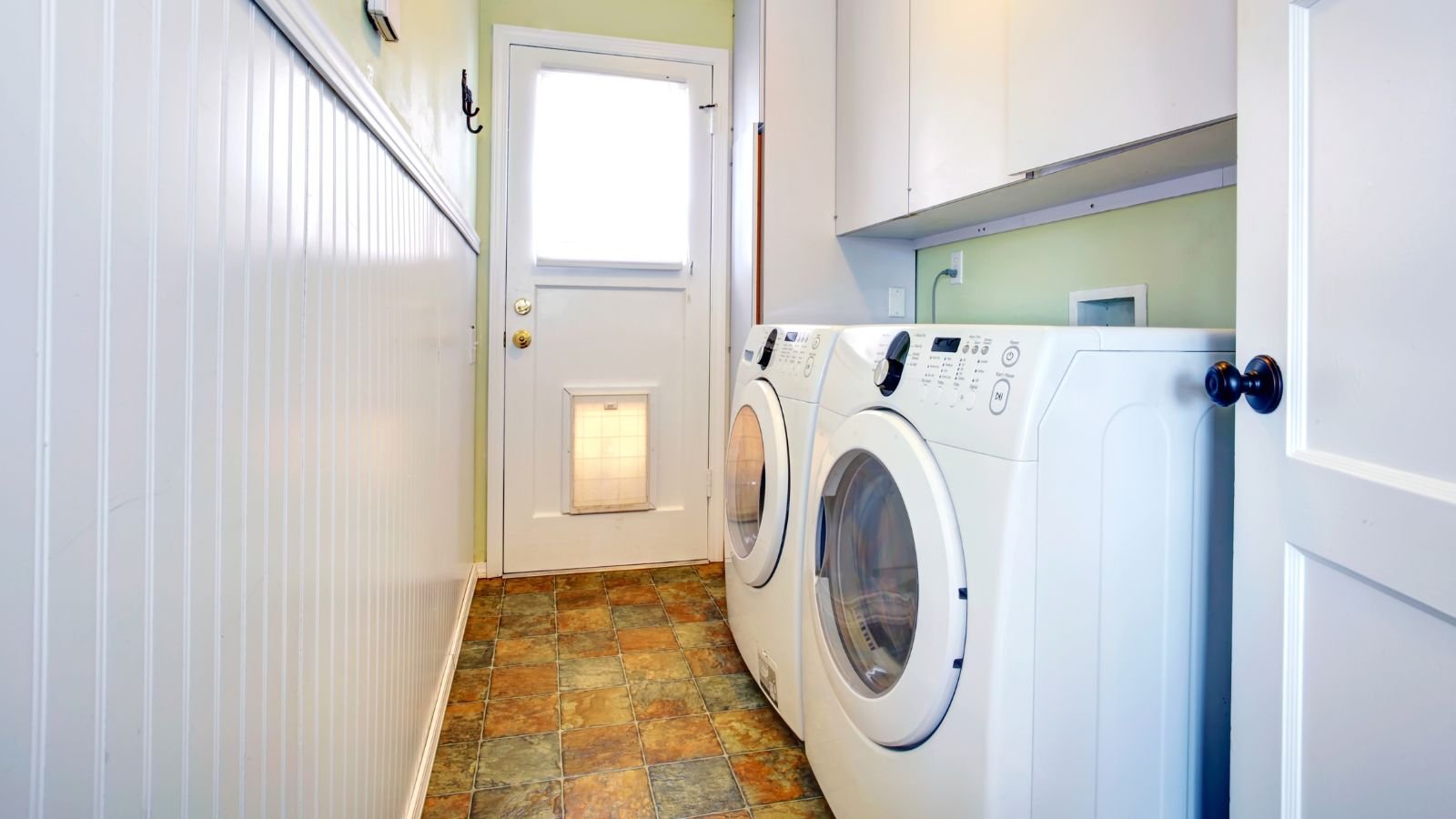 When it comes to designing your bathroom, every detail counts. Tiling under your bathroom vanity can make a significant difference in the overall look and feel of the space.
By tiling under your vanity, you can create a seamless and cohesive design that adds a touch of elegance and sophistication to your bathroom.
This is especially important if you have a statement vanity that you want to showcase. The tiled area under the vanity acts as a frame, drawing attention to the centerpiece and making it stand out.
When it comes to designing your bathroom, every detail counts. Tiling under your bathroom vanity can make a significant difference in the overall look and feel of the space.
By tiling under your vanity, you can create a seamless and cohesive design that adds a touch of elegance and sophistication to your bathroom.
This is especially important if you have a statement vanity that you want to showcase. The tiled area under the vanity acts as a frame, drawing attention to the centerpiece and making it stand out.
Provides Protection
 Another reason to consider tiling under your bathroom vanity is for its practical purpose – protection.
Tile is a durable and water-resistant material that can withstand moisture and spills, making it the perfect choice for a bathroom floor.
By tiling under your vanity, you are creating a barrier between the vanity and the floor, protecting it from any potential damage. This is particularly important if your bathroom is prone to water splashes and spills, ensuring the longevity of your vanity.
Another reason to consider tiling under your bathroom vanity is for its practical purpose – protection.
Tile is a durable and water-resistant material that can withstand moisture and spills, making it the perfect choice for a bathroom floor.
By tiling under your vanity, you are creating a barrier between the vanity and the floor, protecting it from any potential damage. This is particularly important if your bathroom is prone to water splashes and spills, ensuring the longevity of your vanity.
Easy Maintenance
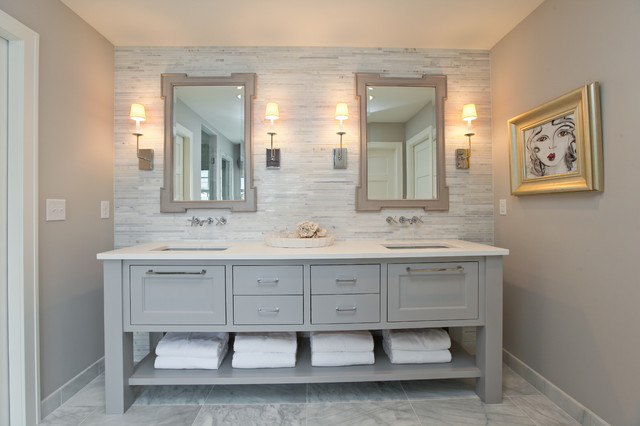 When it comes to cleaning,
having tile under your bathroom vanity makes it much easier to maintain a clean and hygienic space.
With tile, you can easily wipe away any spills or messes without worrying about damaging the flooring. This is especially important in a bathroom, where cleanliness is crucial. Additionally,
tile is resistant to stains, making it a practical and low-maintenance flooring option.
When it comes to cleaning,
having tile under your bathroom vanity makes it much easier to maintain a clean and hygienic space.
With tile, you can easily wipe away any spills or messes without worrying about damaging the flooring. This is especially important in a bathroom, where cleanliness is crucial. Additionally,
tile is resistant to stains, making it a practical and low-maintenance flooring option.
Increases Property Value
 If you are looking to sell your house in the future, having tile under your bathroom vanity can add value to your property. A well-designed and functional bathroom is a significant selling point for potential buyers, and tiling under the vanity can be a small yet impactful detail that adds value to your home.
Investing in tile for your bathroom flooring can increase the perceived value of your property and attract potential buyers.
In conclusion, tiling under your bathroom vanity is a smart and practical design choice that offers numerous benefits. It enhances the aesthetics of your bathroom, provides protection, is easy to maintain, and can increase the value of your property.
So if you are considering a bathroom renovation or simply want to upgrade the look of your space, tiling under your vanity is definitely worth considering.
Don't underestimate the impact of this small detail in creating a beautiful and functional bathroom.
If you are looking to sell your house in the future, having tile under your bathroom vanity can add value to your property. A well-designed and functional bathroom is a significant selling point for potential buyers, and tiling under the vanity can be a small yet impactful detail that adds value to your home.
Investing in tile for your bathroom flooring can increase the perceived value of your property and attract potential buyers.
In conclusion, tiling under your bathroom vanity is a smart and practical design choice that offers numerous benefits. It enhances the aesthetics of your bathroom, provides protection, is easy to maintain, and can increase the value of your property.
So if you are considering a bathroom renovation or simply want to upgrade the look of your space, tiling under your vanity is definitely worth considering.
Don't underestimate the impact of this small detail in creating a beautiful and functional bathroom.

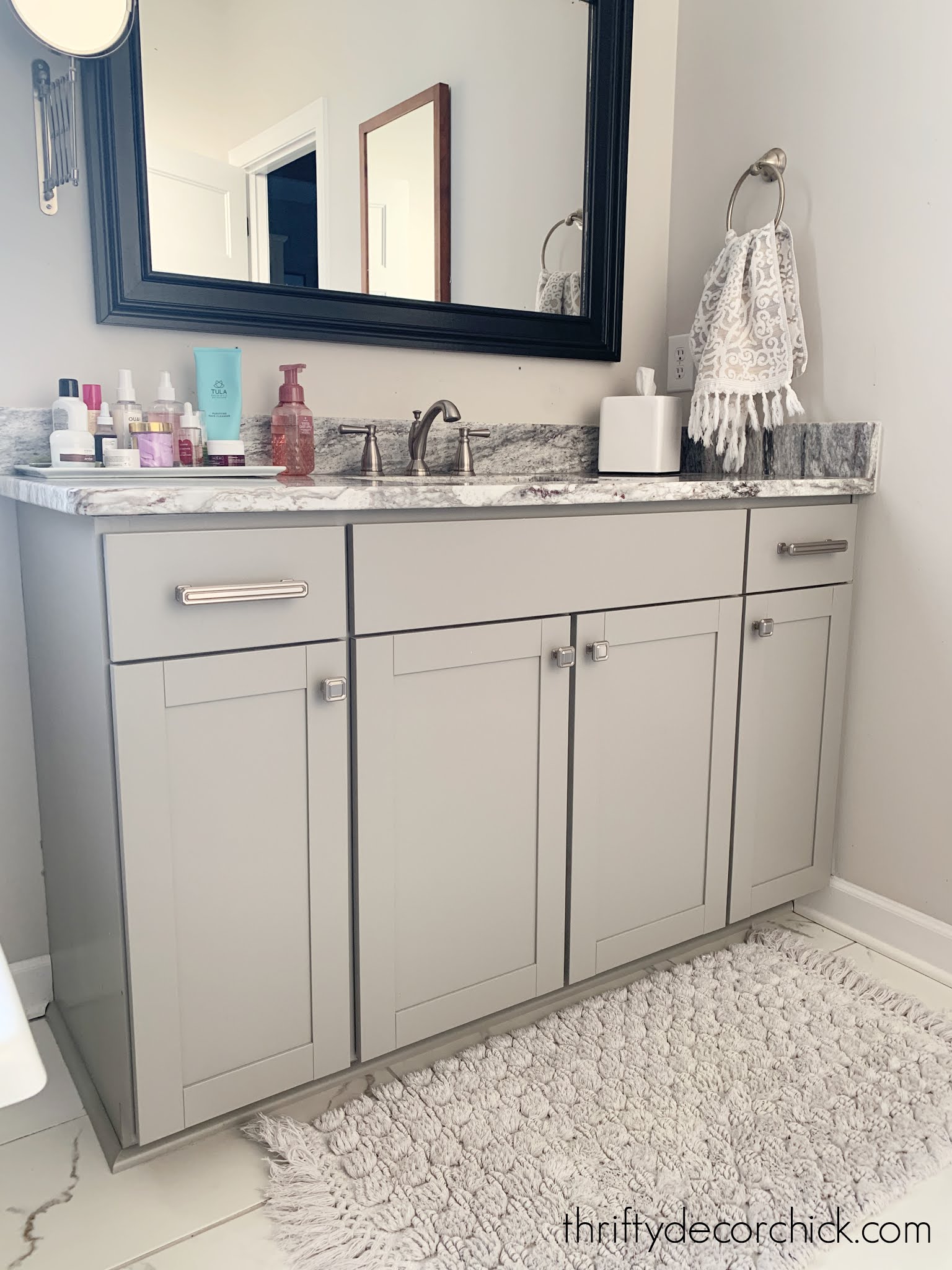
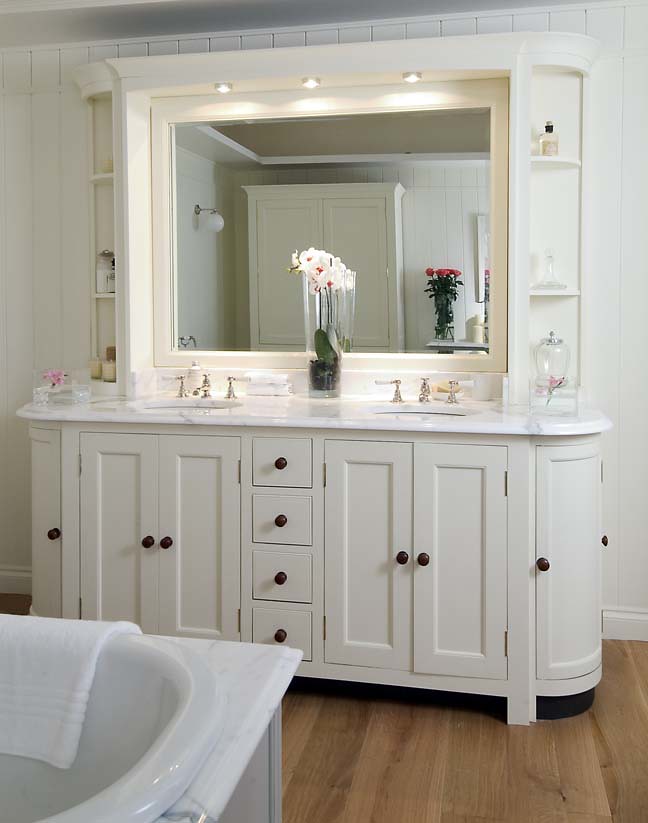
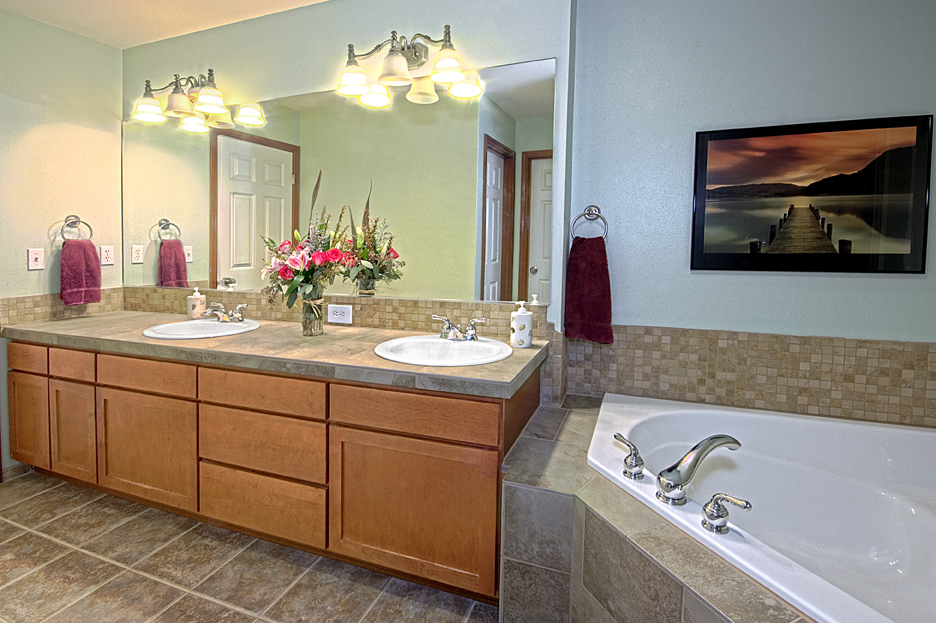


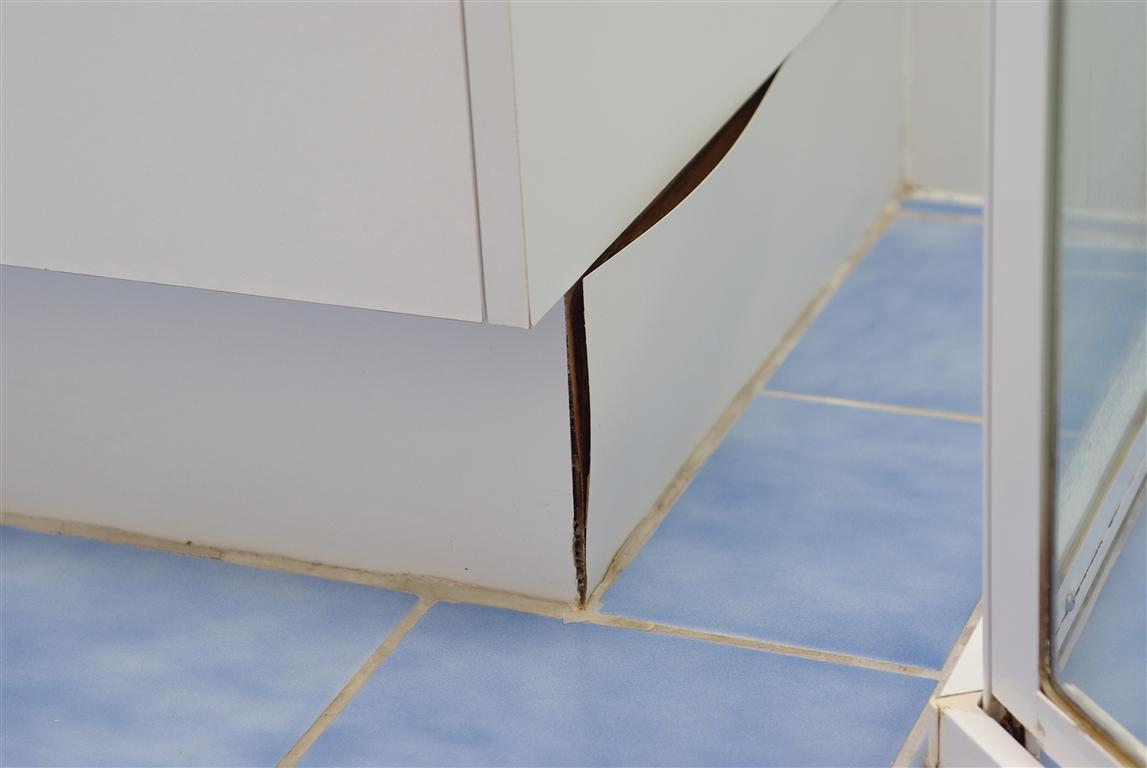


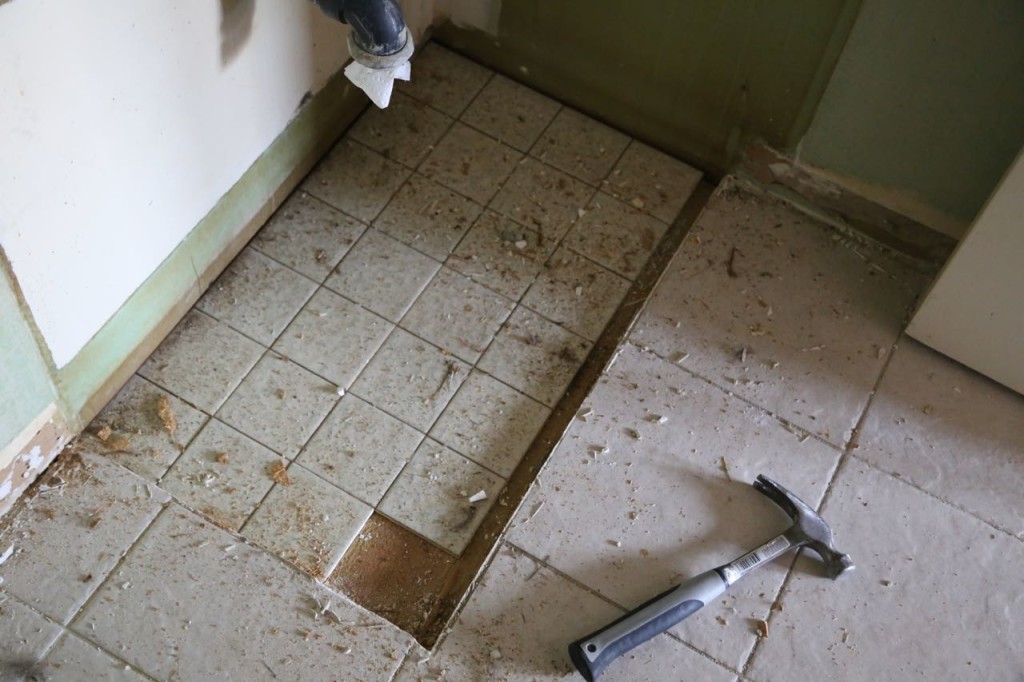
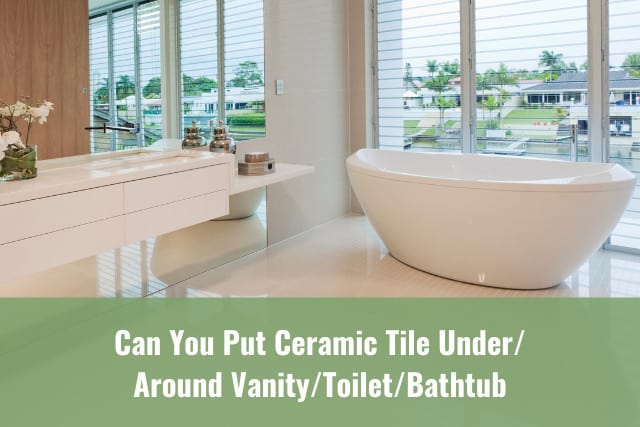


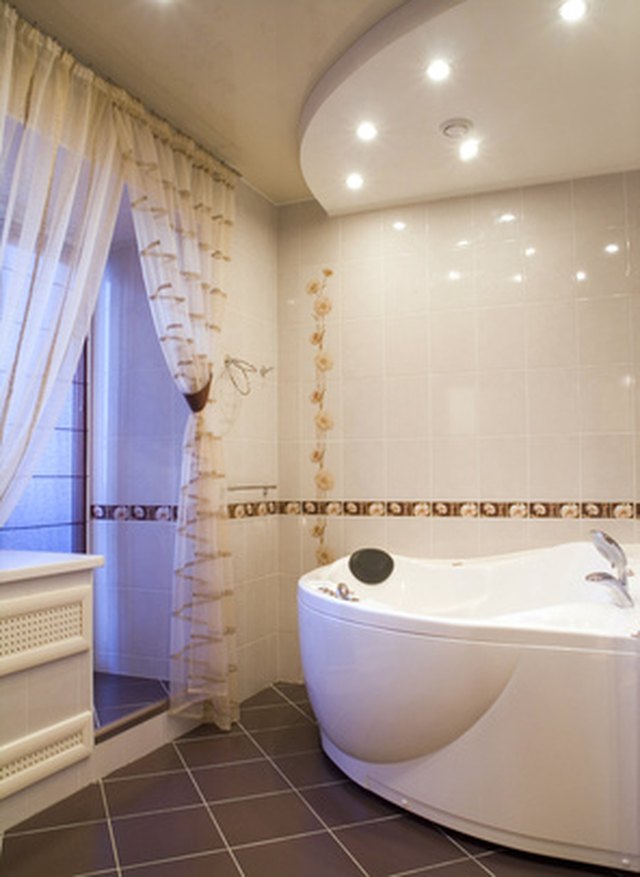
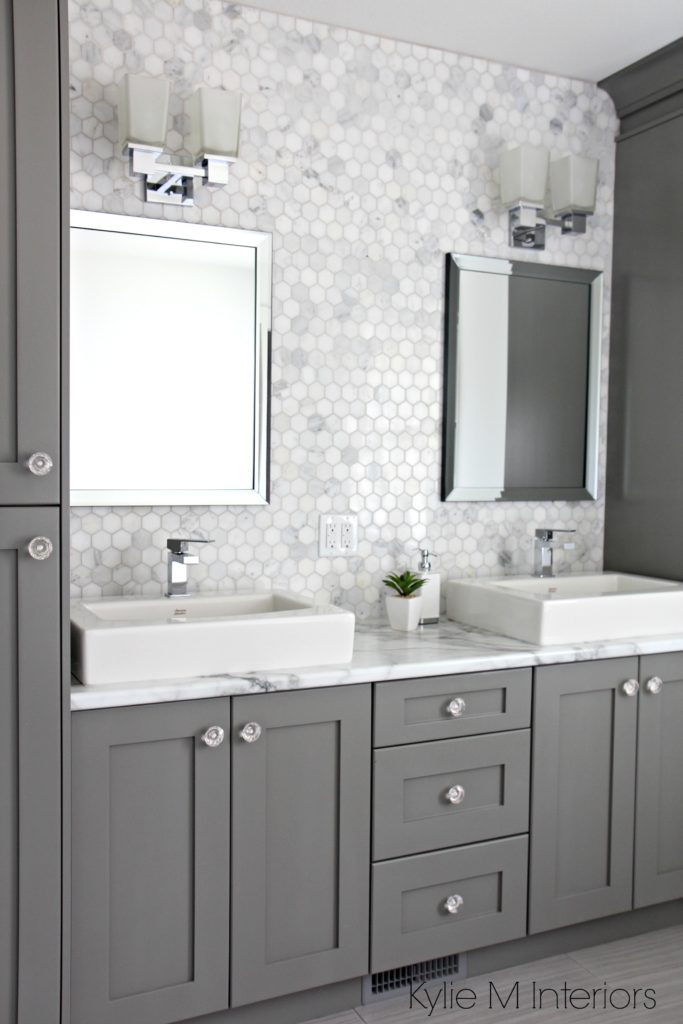
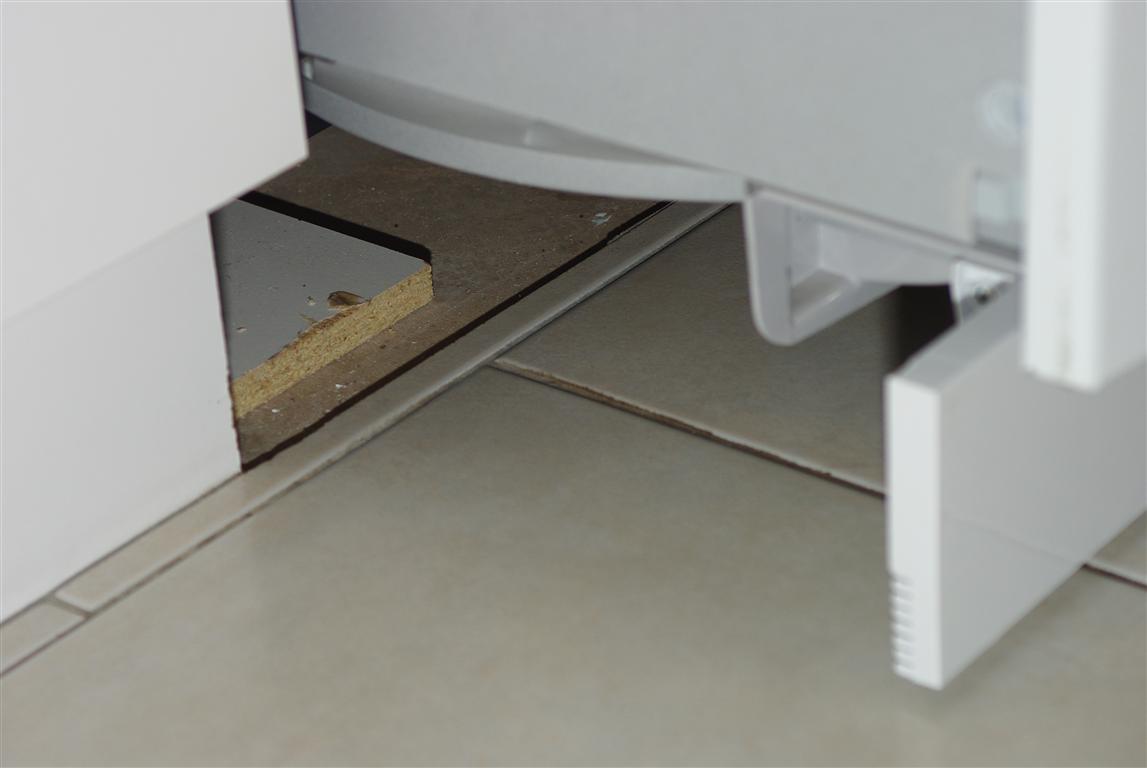





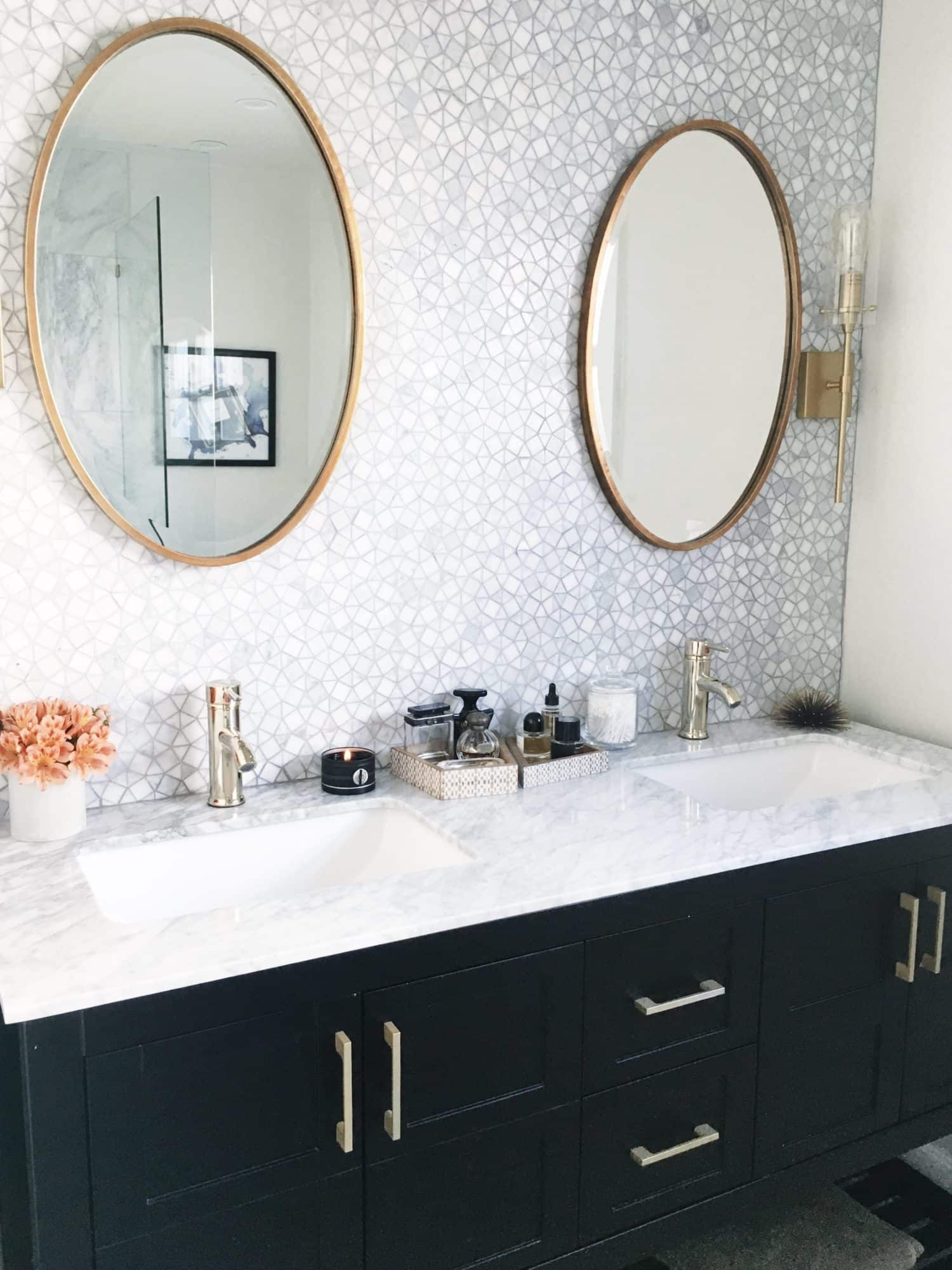







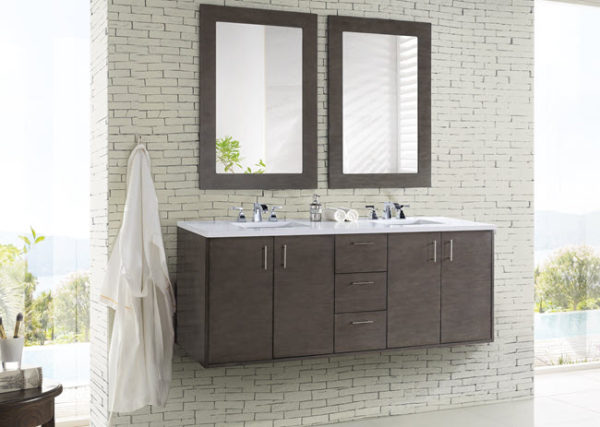








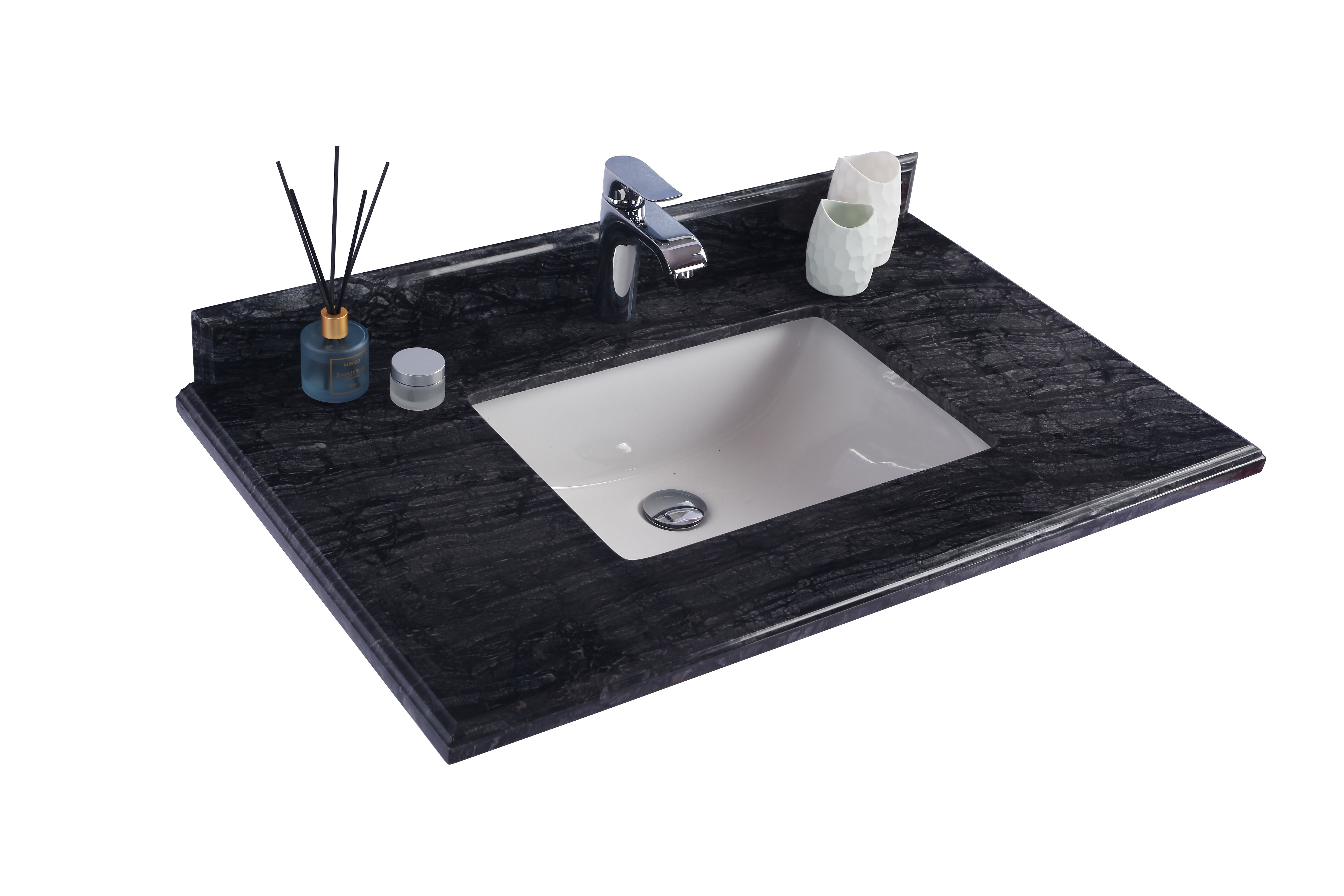


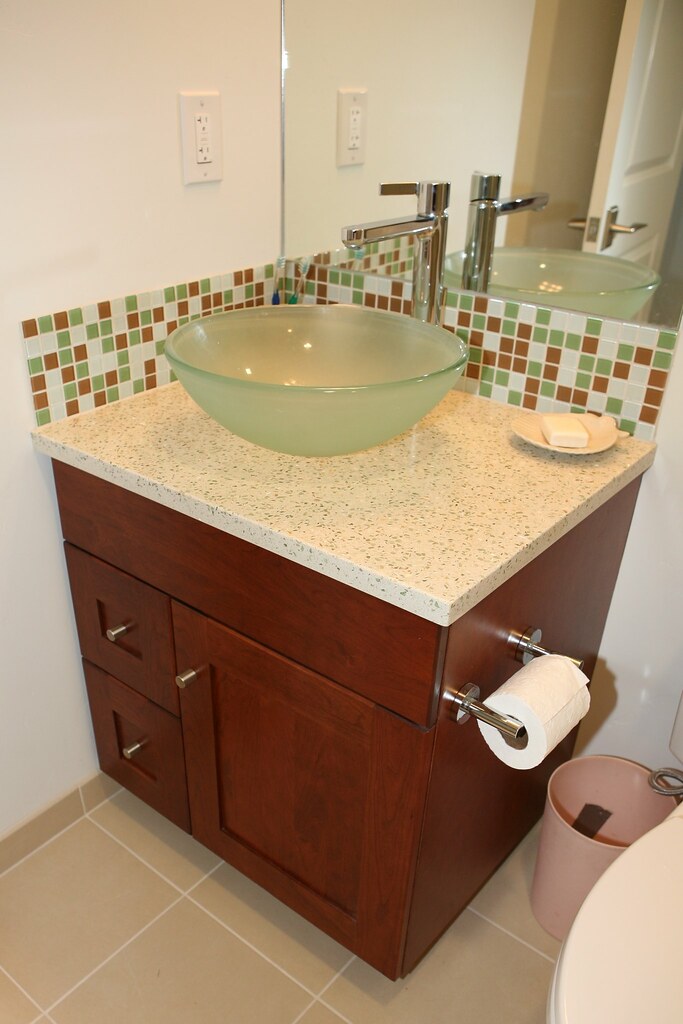
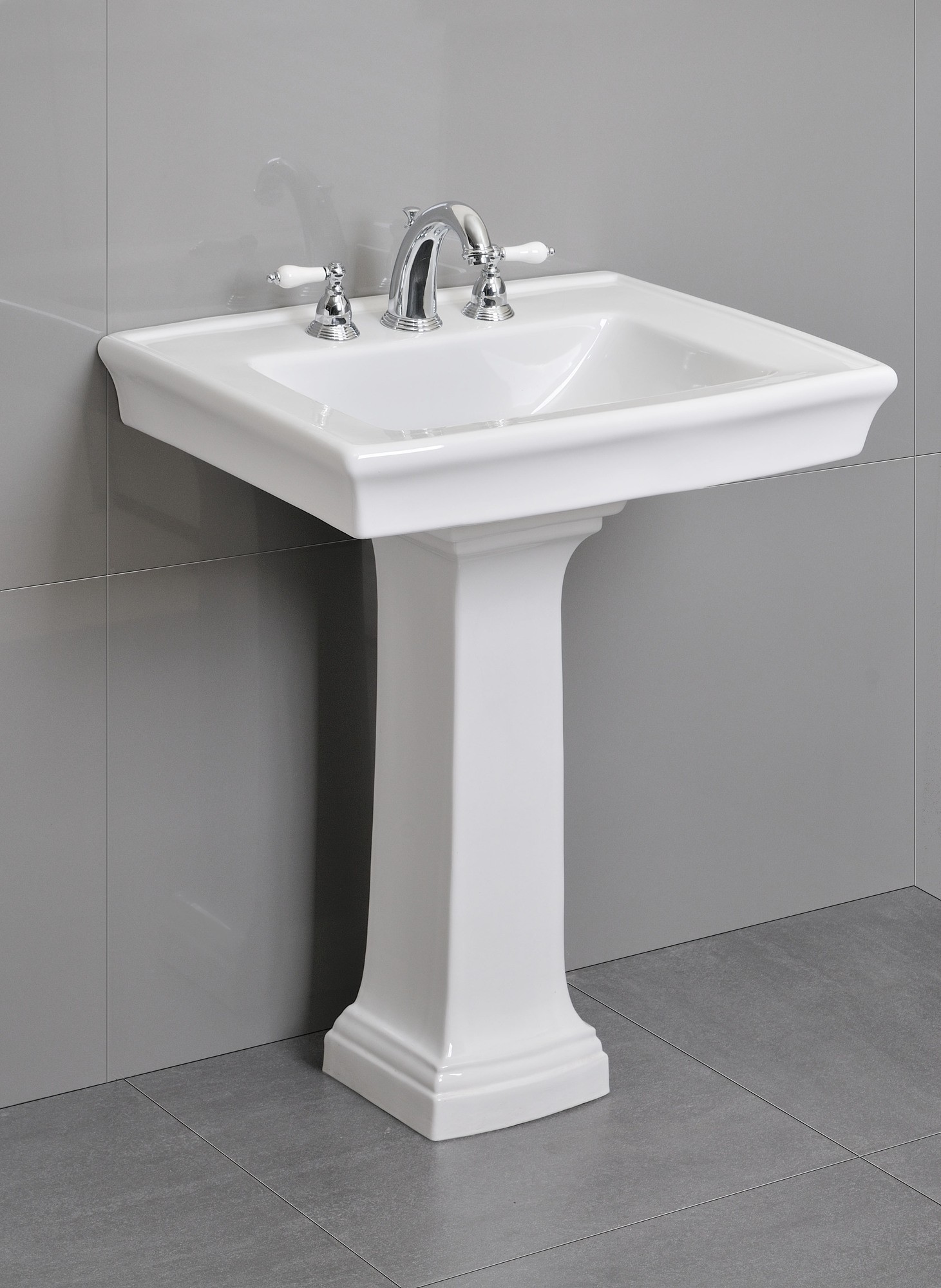




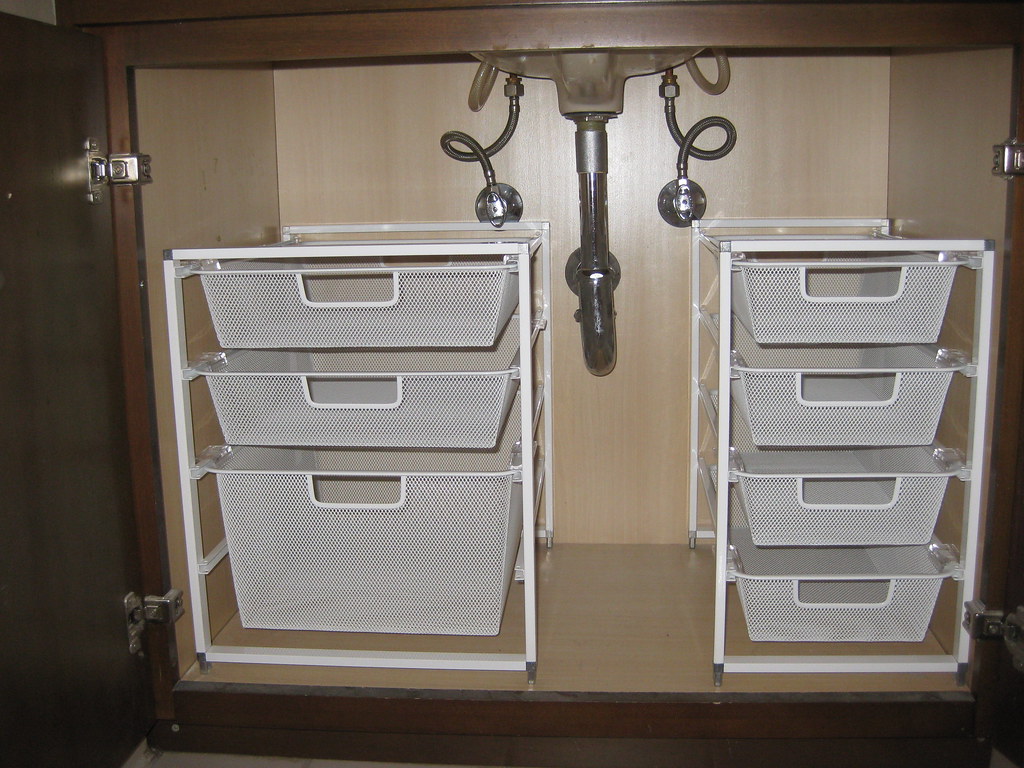





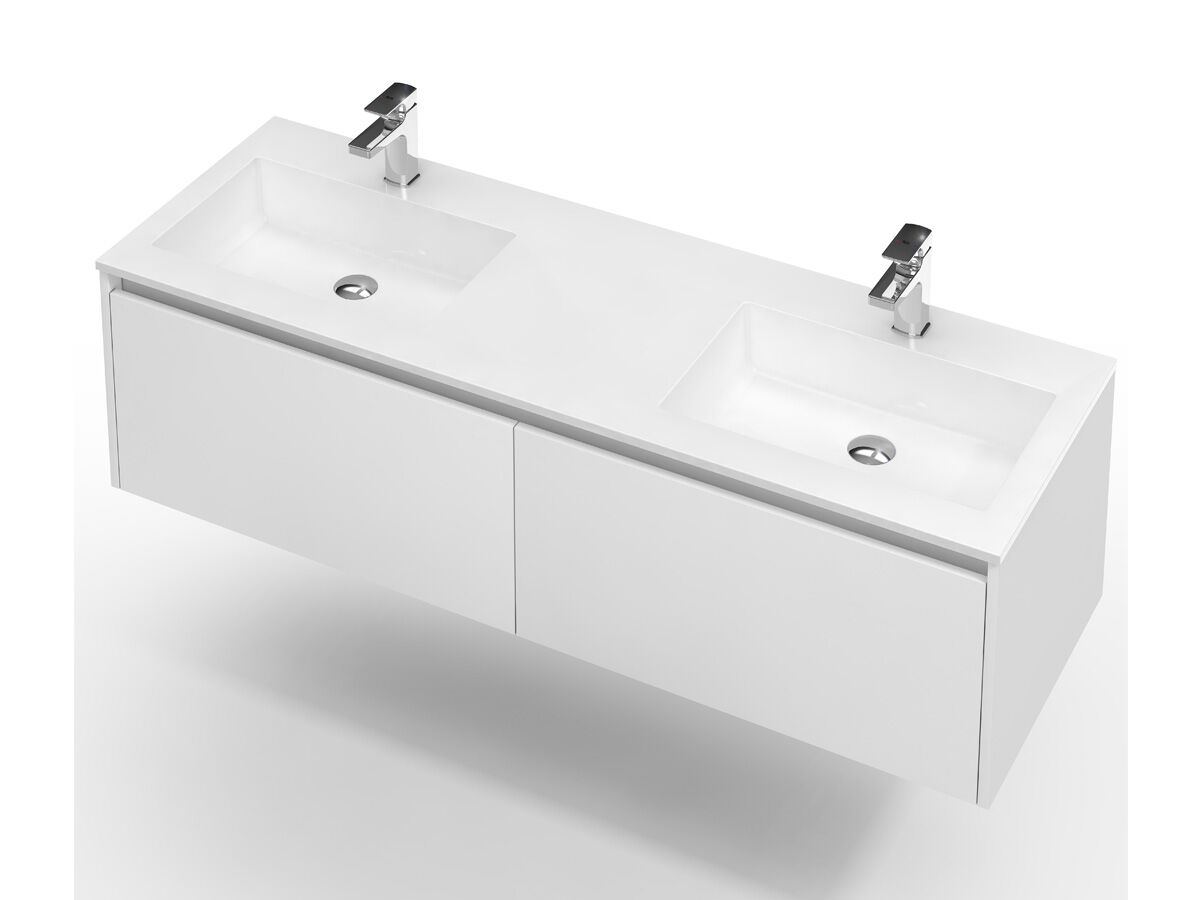
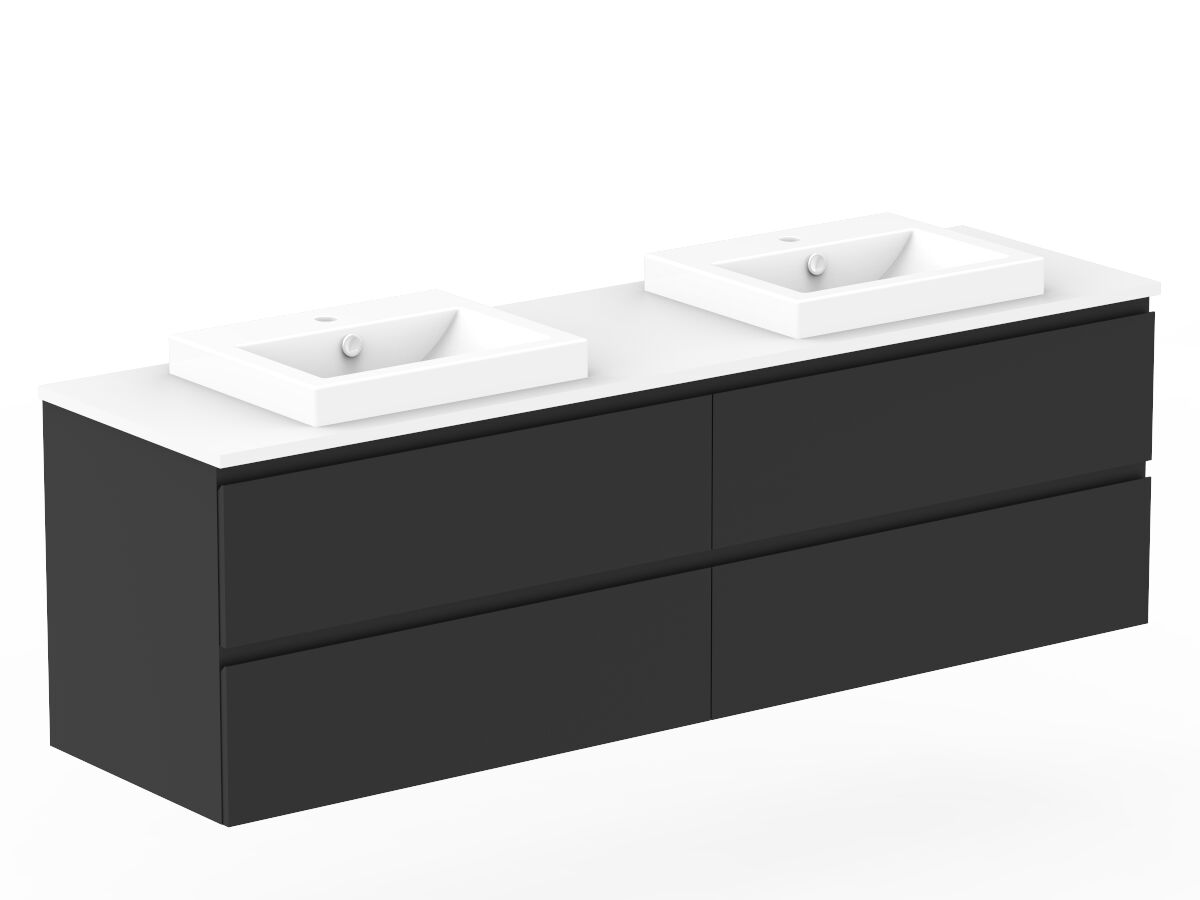

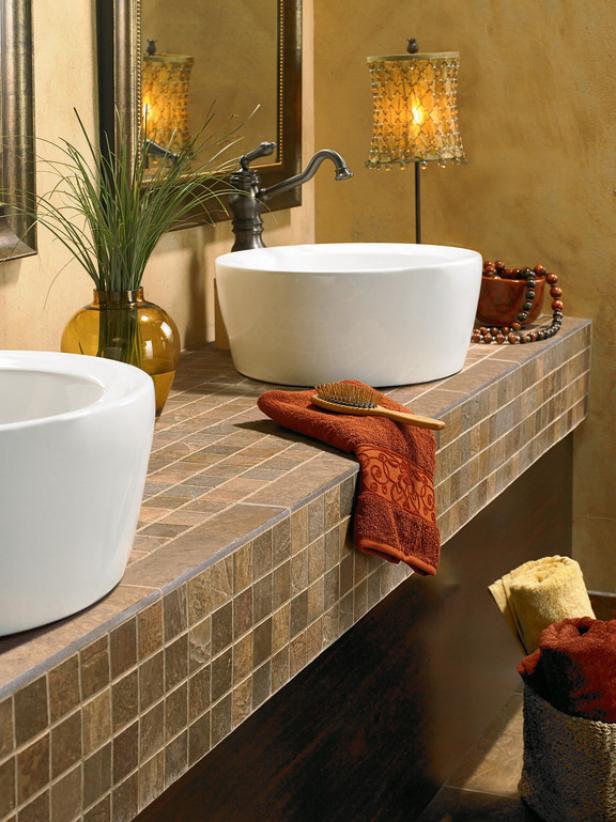

















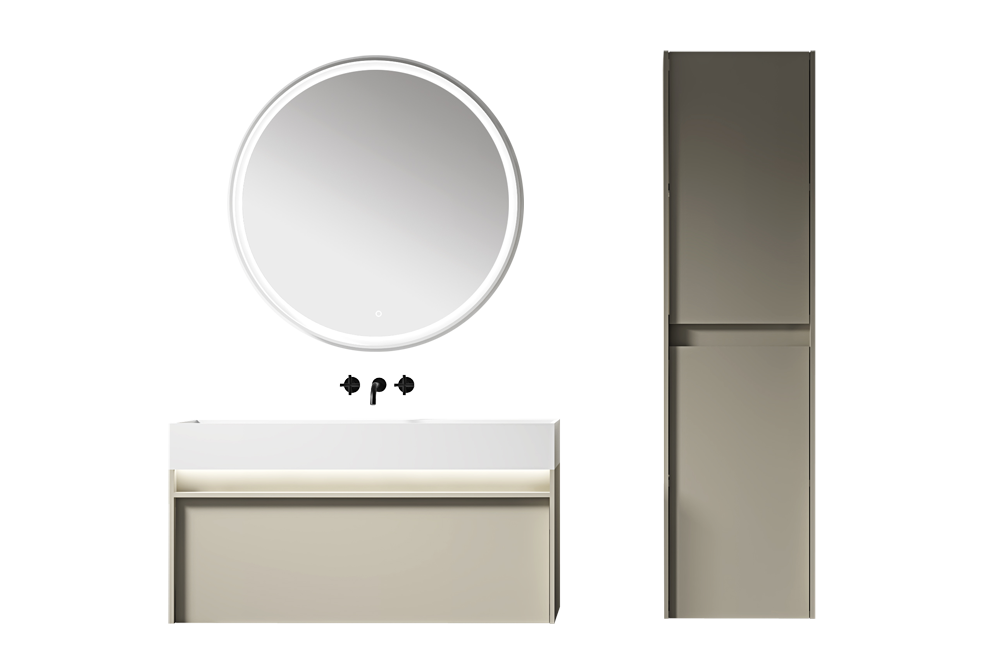

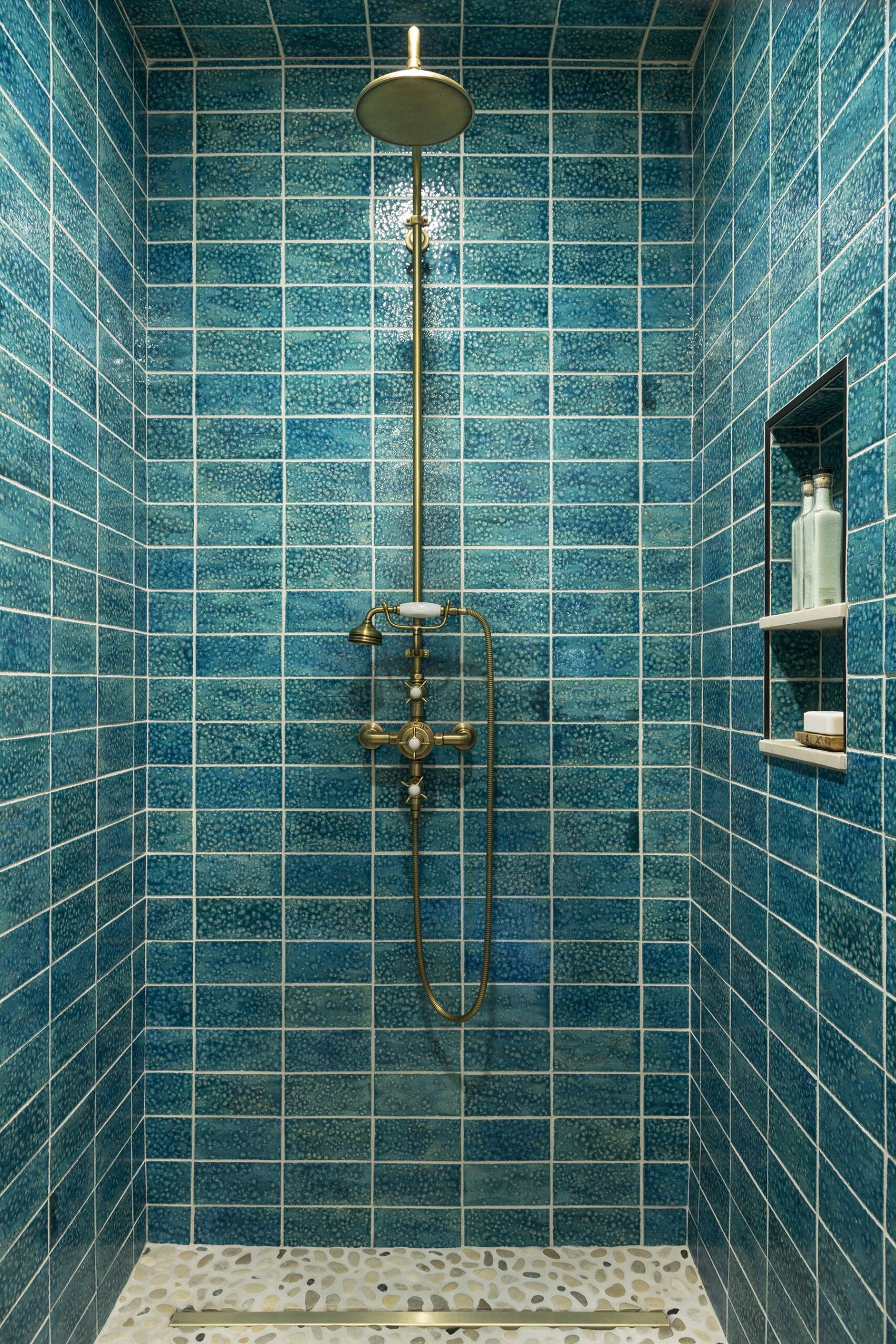



+zoom.jpg)





